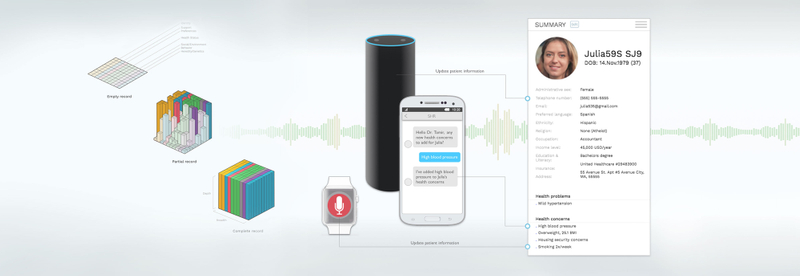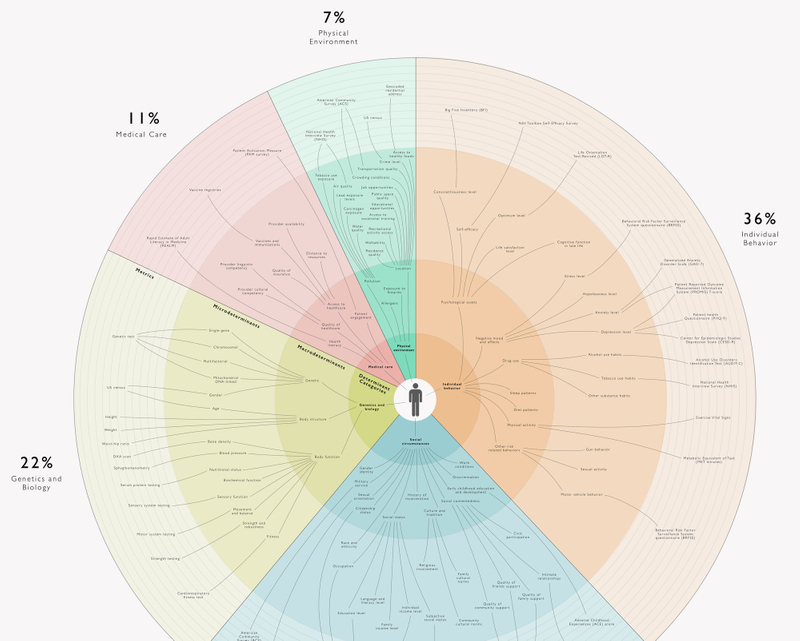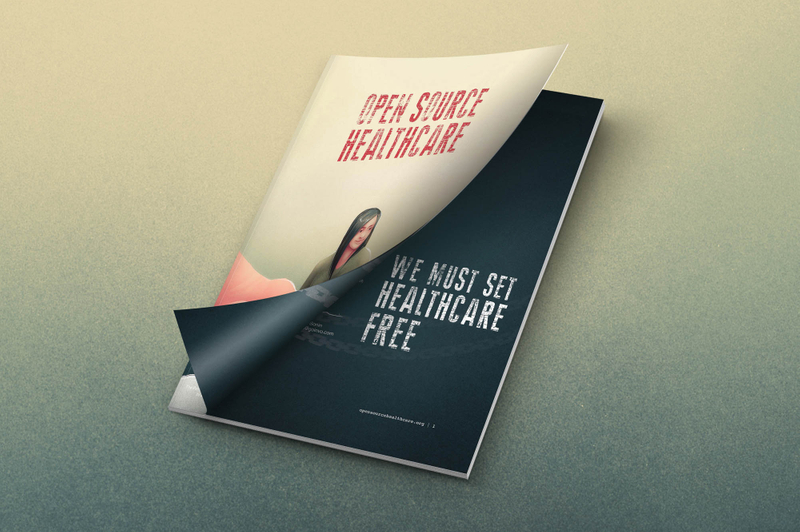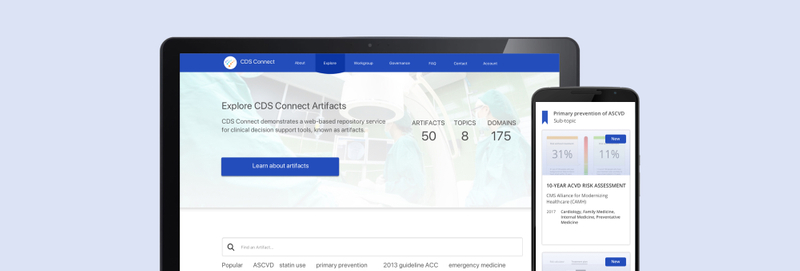
CDS Repository for Standards of Care
for AHRQ (Agency for Healthcare Research and Quality)
Problem
Without a common platform to share CDS tools (clinical decision support tools), clinicians are not able to collaborate and share proven clinical techniques or findings. This results in some providers not following evidence-based standards of care, with the same CDS tools tackling the same use case being painstakingly created over and over.
Solution
GoInvo designed CDS Connect, an AHRQ-funded national repository for providers, health IT vendors, and researchers to create and share CDS tools to improve clinical decision making and quality of care.
Results
CDS Connect launched on September 2017. Starting with cardiovascular-based CDS tools, GoInvo's designs laid the foundation for the repository's long-term function and capabilities, with ongoing addition of tools in other clinical domains.
Time: 2 designers for 5 months
Tags: Health IT & Infrastructure
View CDS ConnectProcess
Monthly design validation with stakeholders
We held monthly workgroup meetings with 30 subject matter experts, consisting of health IT and public health advisors from AHRQ and the CDC to discuss project progress and validate design direction. In addition to the monthly meetings, we met on a weekly basis with engineers and physicians on the MITRE team to work closely with development, gather feedback on designs, and ensure clinical accuracy on concepts for CDS Connect.
Insights & Recommendations
Promote CDS Connect
CDS Connect is most effective when the provider and health IT community creates and adds to the number of tools in the platform, as well as improve existing tools by providing feedback about their use. To promote this active community, CDS Connect needed to cater to new users by introducing them to the services it provides, using a series of introductory pages with clear visualizations that communicates the step-by-step process.
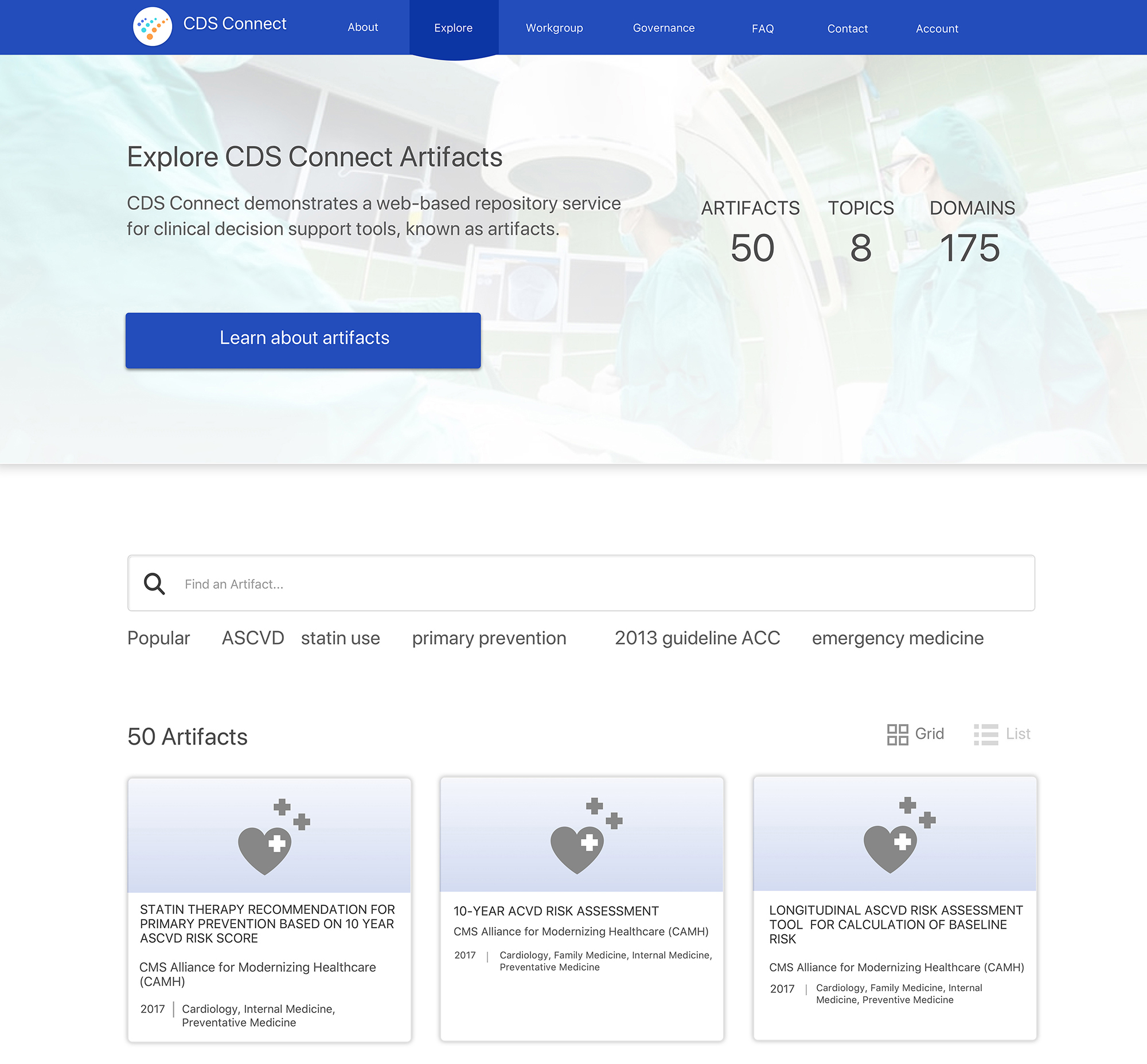
Explorative clinical decision support
At its core, CDS Connect is a platform for exploring CDS tools. Based on user needs captured from the monthly workgroup meetings, clinicians needed to be able to search by multiple factors such as clinical domain, publisher, and custom groupings.
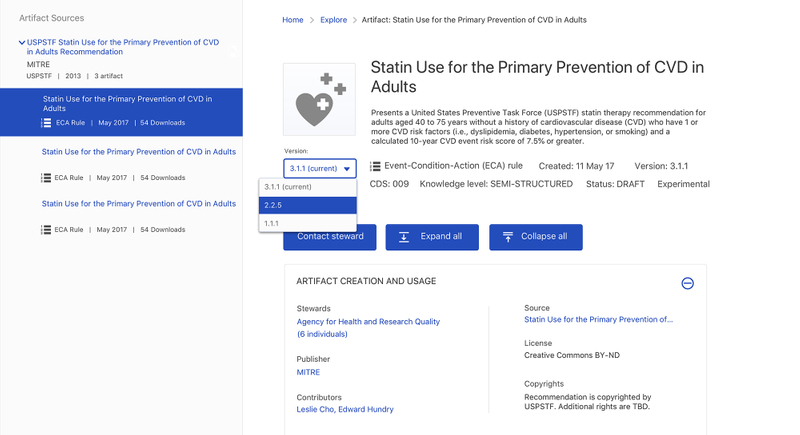
Evidence-based
To foster trust in CDS Connect, tools within the repository needed to clearly display validity and credibility. As these tools are part of clinical decision making, showing the evidence driving its conclusions was essential. Every CDS tool would be transparent, sharing everything from the tool’s author, to the published sources used to build it.
Implementation-focused
To be able to confidently apply a CDS tool to practice, implementers and clinicians needed to understand its readiness for use in real-world clinical settings. Tool descriptions/profiles required clear communication of development maturity, capabilities, and implementable steps.
Solution
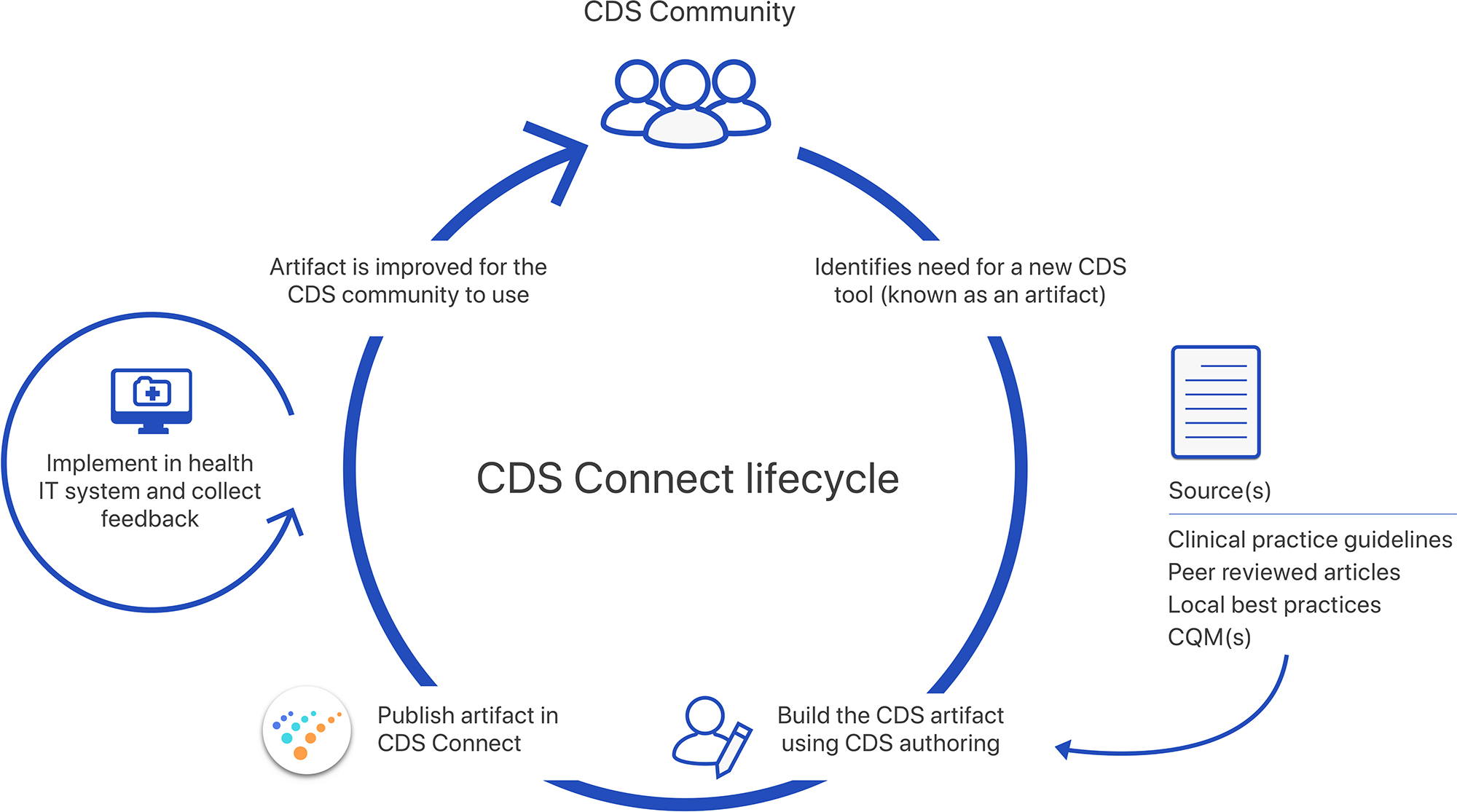
Promoting CDS Connect with education built in
Along with a streamlined authorship experience, visually communicating the CDS Connect model allowed providers to quickly learn about the purpose of the repository and how to participate in building and improving CDS tools through community-driven governance.

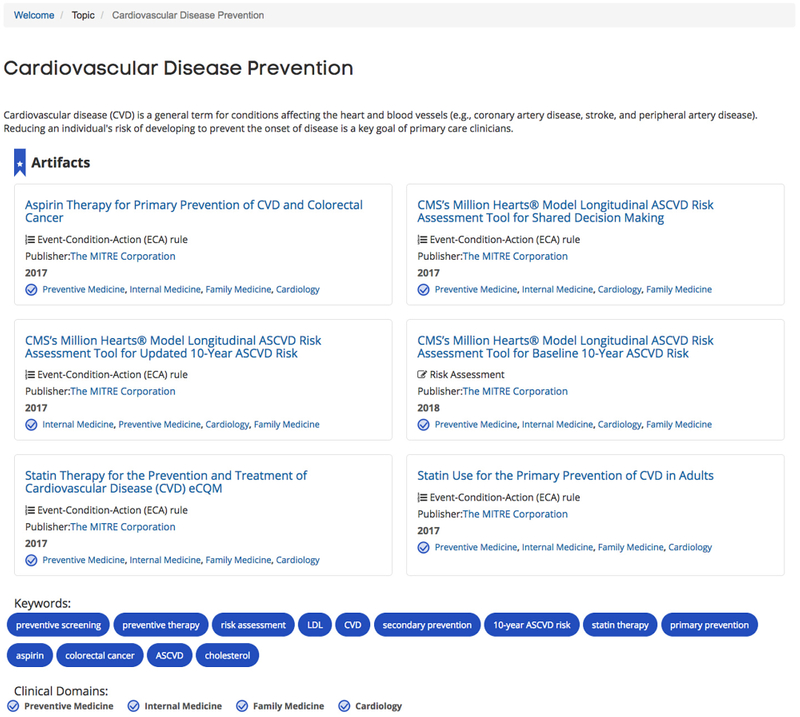
Using clinical mental models to explore the right tools
The designs created a framework to organize CDS tools through use of topics, clinical categories, and tool types. This allowed for a simplified experience for providers to quickly jump to tools most relevant to them and their practice while still finding new and related ones that may be useful. Topics allowed providers to search for groups of clinically related CDS tools for a particular medical concept.

Dive into the specifics of CDS tools with ease
Background on tools needed to be thorough without overwhelming the reader. CDS tool pages were designed for scannability, organizing large volumes of information into a single, human-readable page. By displaying publishers front and center, each CDS tool promoted accountability, demanding more ownership from its creators and editors. Readers could see clearly how the tool was developed, by whom, and dig into sources. More developed tools would be able to gain wider use, establishing new standards of care.
Communicate CDS tool function, as well as readiness for use
Each CDS tool conveyed readiness for clinical use through knowledge level (denoting maturity), included implementation guides, and a piloting section describing the experiences of other health organizations in using the particular tool. Clinical logic behind the tool was designed to be human-readable, with explorable/interrogatable supporting evidence.
Results
Initial CDS tools jumpstarted repository
Initially populated by 1 publisher with 6 cardiovascular CDS tools when released in September 2017, CDS Connect proved it was up to the task and continues to expand both inside and outside of the cardiovascular space.
Expansion of the CDS Connect community
Health organizations contributing to CDS Connect began with MITRE and AHRQ but now includes organizations such as the CDC, Children's Hospital of Philadelphia, Veterans Health Administration, and continues to expand. Today, in Nov 2018, there are 7 publishers on the repository, and more than 25 CDS tools across several domains including obesity, neurosurgery, and infectious disease.
